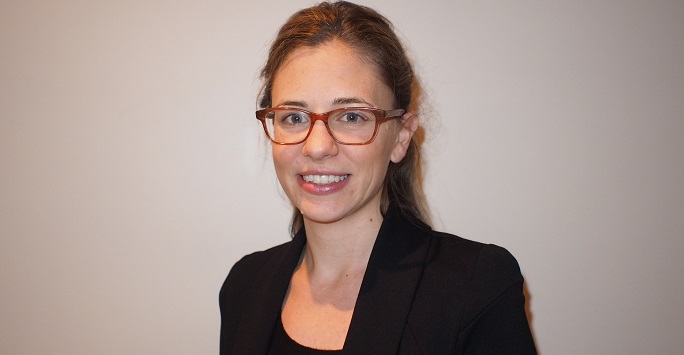Born – Melbourne, Australia
PhD – Monash University, Australia
Joined University of Liverpool – 2020
Position – Lecturer, Department of Physics

What is your research about?
My research is on particle accelerators. I work on accelerators ranging from light sources such as synchrotrons and free electron lasers, to particle colliders like the Future Circular Collider (FCC) project.
What or who first inspired you to be interested in your research subject?
I was first enticed into the world of particle accelerators as an undergraduate student. The Australia Synchrotron had just been built and I sought out an undergraduate research project there. I completed the project and then applied for other internships and summer projects at accelerators across Europe. As the Australian summer doesn’t line up with the Northern Hemisphere’s summer month, I ended up deferring my undergraduate degree for a year to complete internships at three research labs in Germany, Switzerland, and France. In between these three-month-long internships, I travelled around Europe. This formative year made me aware of the possibility for pursing accelerator physics, working in large international collaboration on ambitious projects, and travelling the world.
What are you most proud of achieving during your research career so far?
I’m most proud of working at CERN. Before coming to the University of Liverpool, I spent 3.5 years working at CERN, contributing to the next big accelerator project. There aren’t many Australians who work at CERN, and when I reflect back on the trajectory that led me there, I feel very fortunate for the opportunities I was afforded.
What techniques and equipment do you use to conduct your research?
A lot of my research is computationally-based requiring high performance and high-throughput computing facilities. I also travel to some accelerator facilities to perform experiments, such as MAX-IV which is an accelerator research facility in Lund, Sweden to conduct experiments on their linear accelerator.
Which other subjects are important for your research?
The field of particle accelerator research is highly interdisciplinary. I’m often working with RF, vacuum, or alignment engineers, as well as physicists from other disciplines such as detector and particle physicists. Being able to communicate well is a great advantage in my field.
Another area that is becoming more and more important is programming skills. Again, this is particularly important when working in collaborations as we need to ensure that our code is clean and reliable.
What is the key to running a successful research group?
Open honest communication is vitally important. I believe that the most successful research groups are people focused. Respecting individual difference and strengths can allow us to create an environment where everybody is treated equitably and is able to achieve their potential.
Research is unpredictable, and so it’s also important that everyone in the group feels that they are allowed to try things, make mistakes, and ask for help.
What impact is your research having outside of academia?
I am currently working on accelerators for cultural heritage studies. We’re designing a proton accelerator that can be used to image faded rock art that is thousands of years old, and to determine the elements present in fragile items of cultural heritage significance.
The Future Circular Collider has some lofty aims too, for example, to take precision measurements of the Higgs boson. However, this project is also igniting curiosity in members of the general public, as we seek to build the biggest machine very made to examine fundamental questions about the universe.
Finally, it’s worth noting that particle accelerators more generally have enabled vast arrays of impactful science. For examples, synchrotron light sources were used to determine the atomic structure of the Covid-19 main protease.
How do you plan to develop your research in the future?
There are a few areas of research that I am developing. Just to mention one – we are using the mathematical phenomena known as caustics to describe certain types of instabilities that form in particle accelerators. Light caustics can be seen as the bright lines in the bottom of a coffee cup, or the dancing networks of lines seen at the bottom of a pool on a sunny day. The mathematics that describes this is rooted in catastrophe theory and can also describe particle trajectories in certain situations.
What problem would you like to solve in the next 10 years through your research?
I mentioned earlier one project I’m working on which utilises advanced accelerator technology for cultural heritage applications. This is one problem that alongside my colleagues, I would like to solve in the next 10 years. The problem is: how can we take advanced analysis techniques, that currently require large accelerator infrastructure, out into the field or museum for in-situ analysis of these valuable artefacts? We are just getting underway pursuing this research question, but we already have some exciting leads.
What advice would you give to someone considering a career in research?
My advice would be to view challenges are opportunities. Whenever research gets difficult, there’s an opportunity to contribute to scientific understanding. And know that nine out of ten research ideas will not amount to anything useful. But continue to let your curiosity dig up more research ideas, because you only need one in every ten ideas to do lots of good science.
Back to: Faculty of Science and Engineering